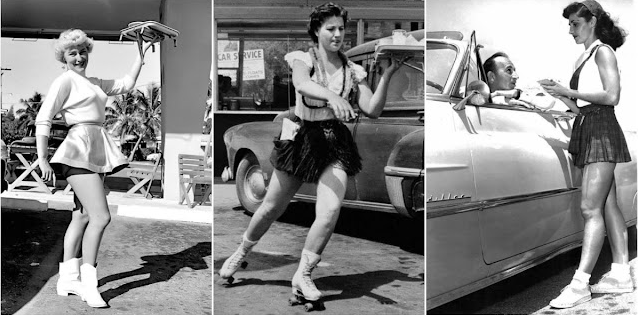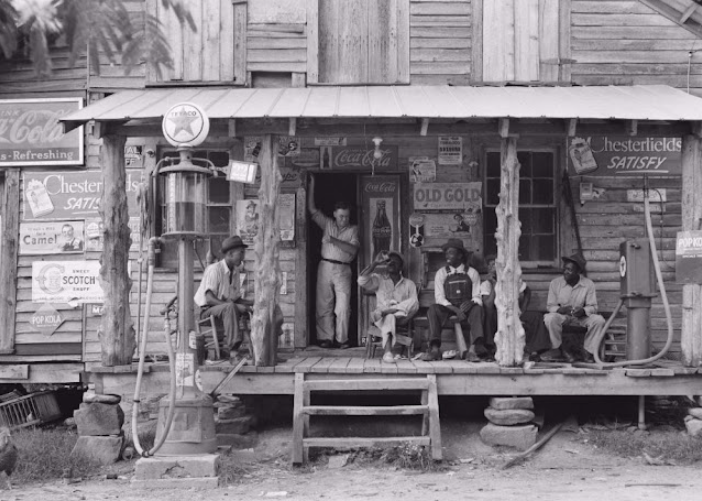

While most suburban districts in the area close for snow several times each winter, in the city itself they rarely do because of relatively easy access to underground subways whose ability to run is not appreciably affected by snowstorms of moderate to large accumulation; however, in this snowstorm, the transit network was significantly disrupted. Buses were unable to run, and subway service was limited. Lines that ran in open cut and surface routes were shut down for two days.

Only the police, fire department, and hospital staff reported to work; residents were advised to stay home and await the passing of the storm. The storm intensified, and traffic came to a halt, leaving many people stranded mid-way to their destinations. There was high anxiety and frustration at airports, bus terminals, and rest stops along highways. The grocery stores looked as foreboding and empty as they did in post-apocalyptic films by evening. Con Edison reported a power outage in Gravesend, Brooklyn, affecting 1500 customers, though services would be restored the following night. From Washington to Boston, damages were estimated at a billion dollars, while casualties reached a hundred from Kentucky to Connecticut. People living on the streets of New York were the most affected. Even though the city made every effort to relocate the homeless safely, only 7200 beds in 39 shelters were occupied.


















































